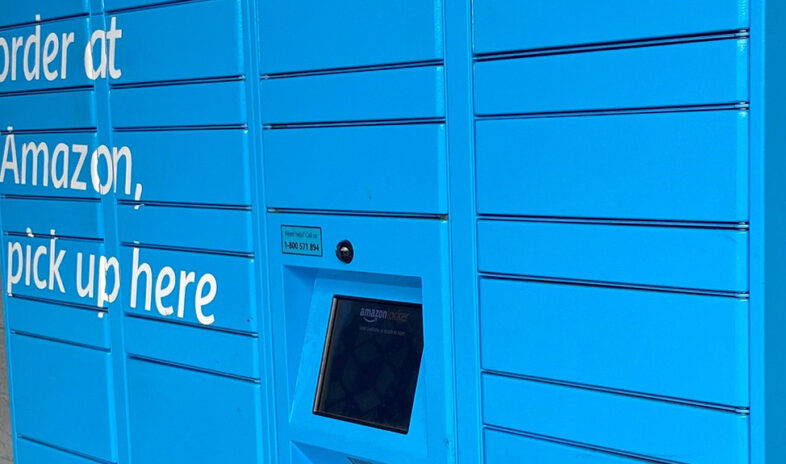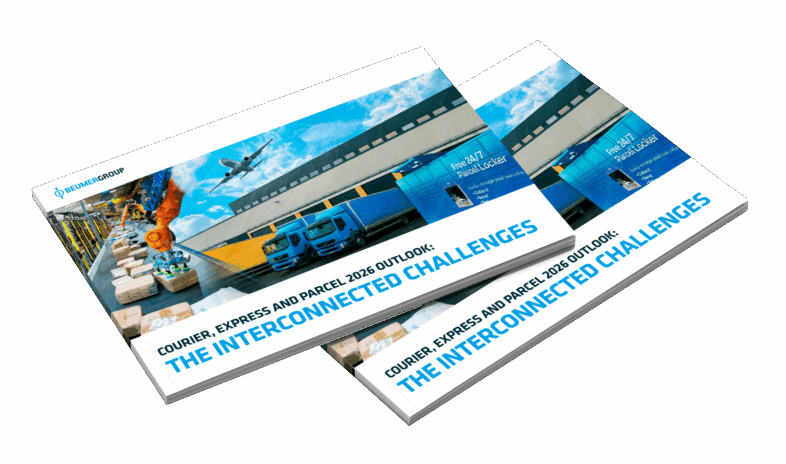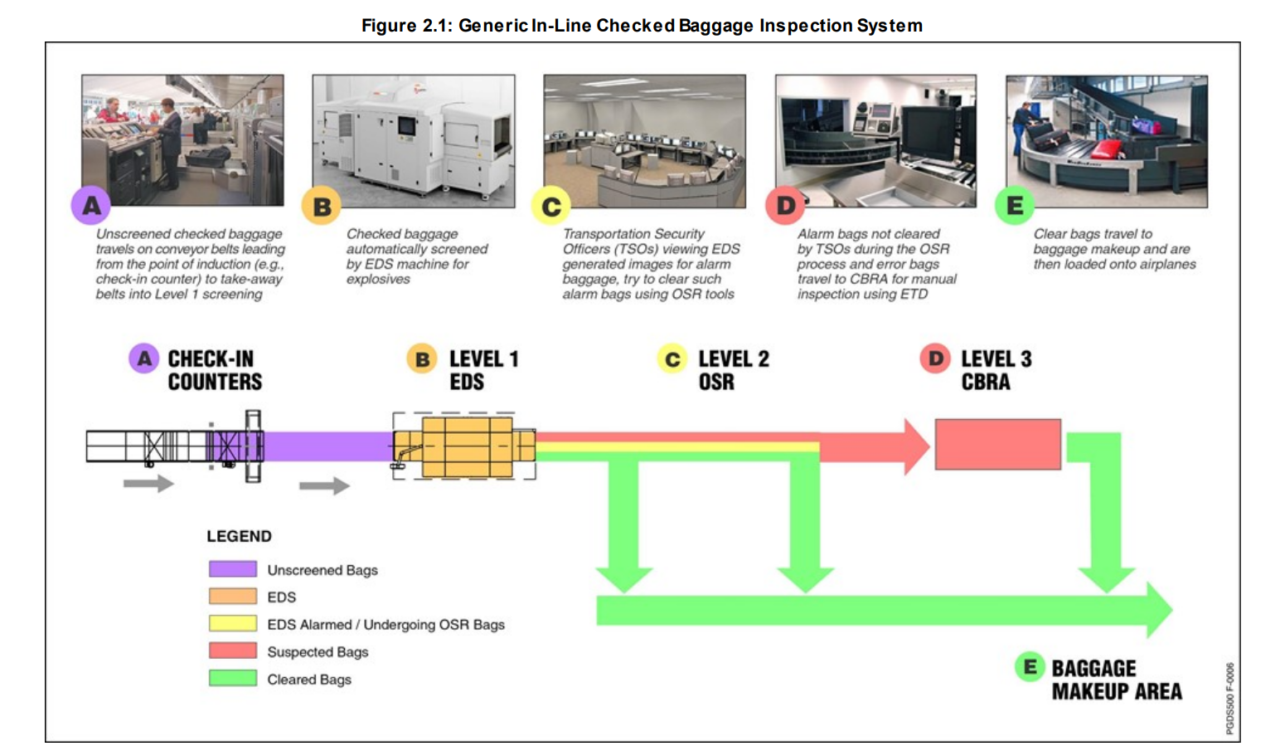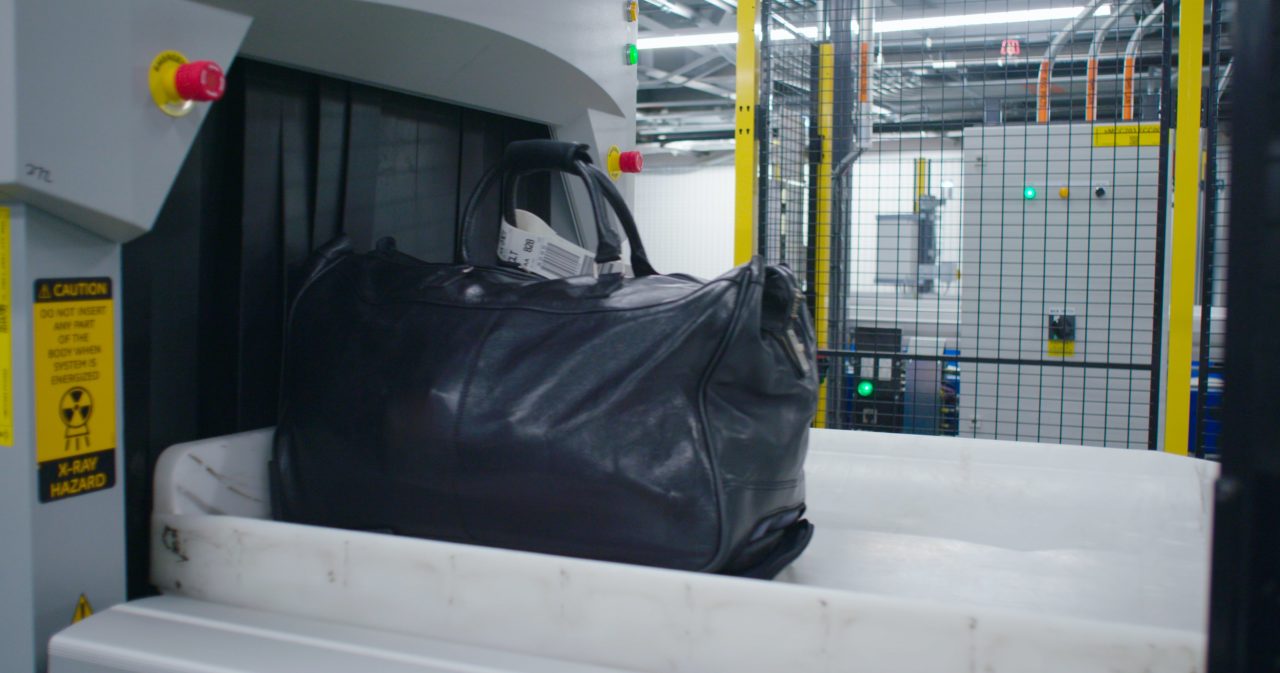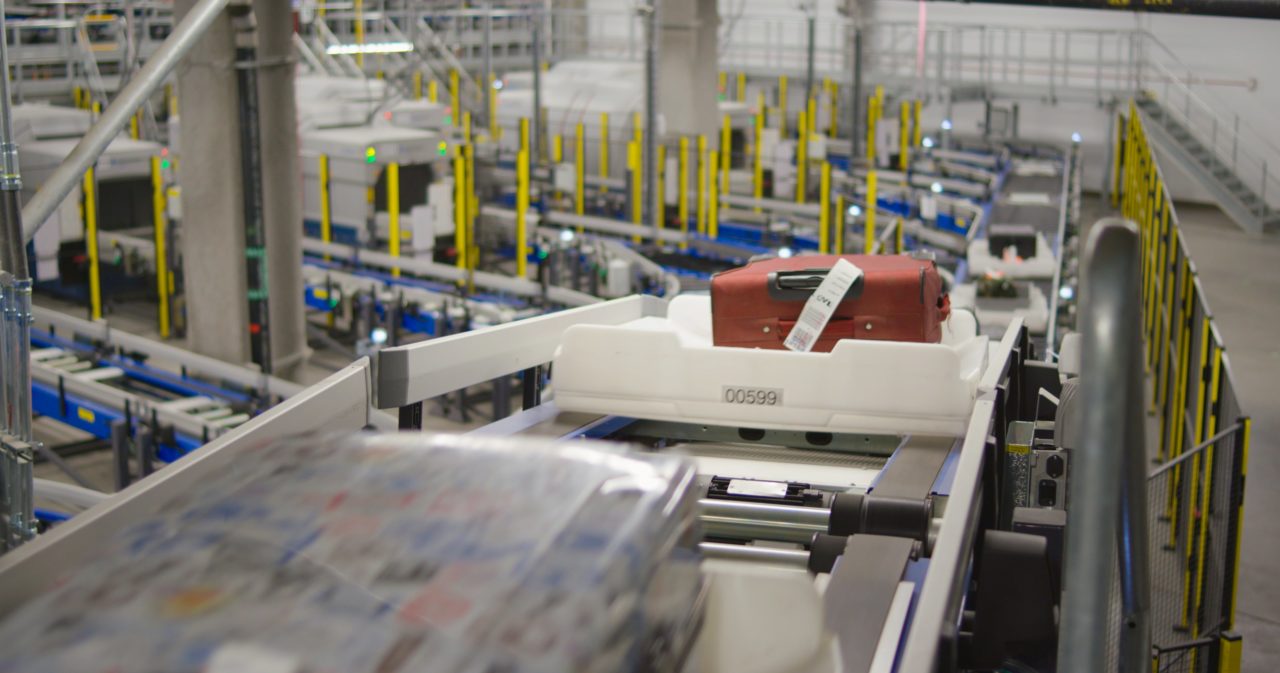The different results between the two is that the screening machines used in the United States are slower and currently apply an algorithm with a lower threshold for detection.
It’s possible that the TSA will in its future testing reduce the fixed spacing between totes (currently 10 inches), which will increase the tote-based screening capacity. This possibility will never be available with loose baggage on conveyor belts, which is fixed at 12″.
But for the meantime we can say that in-tote screening does lower screening capacity in the US.
However, that’s not the end of the screening capacity story.
Reducing the error rate in screening
Tote-based screening is able to reduce the error rate in screening which positively impacts the screening capacity.
Explosive detection system technology typically takes six seconds per bag to process 80 percent of the baggage, meaning 20 percent of the baggage will be sent to Level 2 screening (using OSR). Ordinarily, it takes 20 seconds to process a bag in this phase as the images of each bag is processed manually.
Of the bags arriving for CBRA, two percent will arrive from OSR because they are alarmed. An additional five percent will arrive due to an error, such as a bag that has lost its tracking during transport or has rolled in the machine curtains.
If the bag is then sent to CBRA level, it requires another four minutes to process the bag and two personnel per machine to open and manually inspect the bag, who are needed around-the-clock. In other words, two personnel are inspecting bags due to error and not explosives detection.
In-tote screening, however, can eliminate this five percent error rate and save the accompanying manpower. Because bags remain in their totes, do not roll on the belt and never lose tracking, it is only the alarmed bags (two percent) that pass on to CBRA.
Not only does the ability to deliver a reduced error rate enable OPEX savings, it also improves the screening capacity.
100 percent tracking increases capacity
One of the significant advantages of a tote-based individual carrier system (ICS) is its 100 percent tracking which means less bags will need rescreening.
Each bag is loaded into its own individual carrier at the beginning of its journey and is ‘married’ to the carrier during its entire journey through the transport and sortation system. The bag is identified by a unique radio frequency identification (RFID) tag embedded in the tote or tray.
Due to the 100 percent tracking ability, the TSA has permitted both clean and suspect bags to run on the same ICS line, saving the need for more conveyor belts and increasing screening capacity. This is not possible on a conveyor system.


